It’s 100 years since the Caird Hall opened for business, with the famous Dundee venue hosting some of the world’s biggest stars. Gayle Ritchie takes a trip down memory lane…
From The Beatles and David Bowie to Frank Sinatra and The Rolling Stones, the Caird Hall has welcomed thousands of famous faces into its cavernous performance space since it opened a century ago.
Its magnificent acoustics have ensured audiences have been enthralled and entranced, whether enjoying a rock band, orchestra, or comedian in action.
Most folk who hail from Tayside and Fife – and many from further afield – have fond memories of events at the stunning venue.
Perhaps you saw Joy Division, David Bowie, Cliff Richard, The Smiths, AC/DC or The Everly Brothers perform there?
Maybe you enjoyed seeing Rod Stewart and The Faces, Led Zeppelin, Billy Connolly, Elton John, Madness, Thin Lizzy or Kasabian?
Or, like so many, perhaps you stepped on to the stage to play the flute, trumpet, violin or drumkit at a school music festival?
Or… did you ooh and aah at the annual Dundee Cat Show? After all, what could be more fun than watching posh, primped and preened moggies strut their stuff?!
Personally, my Caird Hall highlights are experiences I’ve had in the last decade.
Stand-out shows include The Charlatans in 2015, Happy Mondays in 2017, and The Damned in 2018.
I also had the HUGE honour of being invited to tinkle the ivories on the famous Caird Hall organ in 2016.
With so many shows being staged since the venue officially opened to the public in 1923, basking in memories of our favourite shows, whether five, 10, 50 years ago or more, is something we just love to do.
Here’s our rundown of highlight moments in the Caird Hall’s 100-year history…
HISTORY
In April 1914, Sir James Key Caird, one of Dundee’s wealthiest jute barons and a noted philanthropist, intimated that he would donate £100,000 for the building of a new city hall and council chamber.
He was a benevolent man, having already gifted thousands to erect maternity and cancer hospitals, a park, golf course and much more for the city’s people.
His offer to fund the new building was conditional on it following his design, which was very different to that envisaged by city architect James Thomson.
It was to be built on a site between the 200-year-old Town House and the docks, resulting in the clearance of the historic vault and Greenmarket.
Work started on the Caird Hall in 1914, with the foundation stones being laid on July 10 by King George V and Queen Mary in a unique ceremony.
The King and Queen pressed buttons at Caird’s Ashton Works, a mile away in Hawkhill, sending a signal to lay the stones – which can still be seen today.
The button pressed by the King was made from an emerald which he then gifted to the city. Today it forms part of the Lord Provost’s chain.
Sadly, Caird died in 1916 and did not live to see the building finished, with work coming to a halt because of the First World War.
His sister, Grace Marryat, donated £75,000 to allow its completion, which permitted the construction of the facade, a colonnade of ten massive Doric columns. She also gifted the Marryat Hall, attached to the west.
The official opening of the Caird Hall by the Prince of Wales, later Edward VIII, did not take place until October 26, 1923.
However, parts of it were in use well before then, with the venue being the location of the count for the 1922 general election which saw Winston Churchill lose his seat in Dundee.
Its outstanding pipe organ, one of the finest in the UK and among Dundee’s most treasured cultural jewels, was installed by Harrison & Harrison of Durham in 1923 to the design of eminent Edinburgh-based organist, Alfred Hollins.
Hollins, who was blind, gave the inaugural recital on the organ on June 27, 1923.
MAGIC MOMENTS
Caird Hall manager Susan Gillan says the venue has evolved dramatically since it opened in the 1920s, when it used to be “dry” – free of any bars.
“Fashions and trends change and the Caird Hall has certainly moved with the times,” she reflects.
“It’s an absolutely stunning venue; everybody who comes here is blown away.
“The fact we’re still operational is a huge achievement. We’re a major part of the city and everything that goes on in Dundee.”
From meetings, exhibitions, graduation ceremonies and conferences to concerts, a great deal has happened in 100 years – there have been myriad magic moments.
And of course, there are anecdotes galore, whether about rowdy gigs, fans passing out, or big names being hugely complimentary about the venue.
One such story hails from the 1920s and focuses on the great conductor Sir Thomas Beecham.
While conducting a London Symphony Orchestra performance in the Caird Hall he was alleged to have said he felt the experience was “like conducting down Regent Street”.
Another anecdote had him inviting Dundonians to throw marmalade at him if they didn’t enjoy the performance!
“So many people have memories of the Caird Hall, whether seeing their favourite band, or whether they sang, danced or graduated on stage,” says Susan.
“And there must be about half a million people who claim to have see The Beatles here!
“There’s always someone who says, ‘I saw them but I didn’t hear a thing for the screaming!”
When you consider the wide range of artists who’ve performed here over the last 100 years, it’s mind-blowing, says Susan.
“In the 1950s the tenor Mario Lanza played Caird Hall – that was just enormous. The hall was built for voice, so it was seemingly absolutely stunning. He was a worldwide star.
“But the list of big stars is endless – Bob Hope, Tommy Steele, Frank Sinatra, Danny Kaye, Gracie Fields, and of course, The Beatles, are just a few.”
The Tommy Steele, Rolling Stones and Rod Stewart gigs were particularly memorable, with Steele being knocked unconscious in 1958 after being submerged in a sea of screaming girls.
Steele, regarded as Britain’s first teen idol, has his right arm twisted up his back, his shirt ripped off and his hair pulled from his head by admirers who mobbed the stage.
The Rolling Stones’ performance in June 1965 kept stewards and ambulance staff similarly busy, treating 40 fainting, hysterical and weeping fans.
One succeeded in breaking the cordon of 50 stewards – mostly ex-wrestlers – and ran on to the stage to hug and kiss Mick Jagger.
So many people have memories of the Caird Hall, whether seeing their favourite band, or whether they sang, danced or graduated on stage.”
SUSAN GILLAN
Meanwhile, Rod Stewart and The Faces performed their only concert in Scotland at Caird Hall in December 1972.
The gig turned rowdy, with a stage invasion, bouncers fighting among themselves, and three rows of seats being knocked down.
The Evening Telegraph described “scenes of mass hysteria” and Red Cross workers treating people “overcome with noise, heat and emotion”.
Other highlights include Dame Kiri Te Kanawe – who rarely performed in Scotland – but who sang with Scottish Opera at the Caird Hall in 1985.
The show was a sell-out, with conductor Sir Alexander Gibson, also a big star, looking resplendent in his blue suede shoes.
“It all started off with organ concerts and we’ve got some amazing old photos of guys smoking away in their flat caps listening to the organ!” says Susan.
“The organ is a magnificent instrument and totally consumes the space so we’ve got a few concerts to celebrate that coming up this year, starting off with a recital from organist Anna Lapwood.
“She’ll give the opening concert of our year-long programme of performances for the centenary on January 28.”
Real characters
Other memorable performers include wrestlers Big Daddy and Giant Haystack, who Susan describes as “real characters”, and more recently, The View and The Proclaimers.
In terms of divas, Susan admits she’s encountered “a few”, but says in the main, most celebrities have been “just really lovely”.
“Showadddywaddy and A-ha were huge, and the Corries always sold out.
“Max Boyce’s ‘oggy oggy oggy’ chant was unforgettable, too. You look back and think, ‘was that for real?’”
These days, tribute shows are hugely popular, says Susan, because music inspires so many memories in people.
“Music has the power to take you back to that first gig, or first date with your husband,” she reflects.
“When the Everly Brothers reformed a few years ago, you could see people were transported back 30 years, thinking, ‘we danced to that’, or ‘that was our song’. There was a lot of nostalgia.”
Susan says her team’s main aim is to feature the Caird Hall in its 100th year as central to Dundee life, “both literally and figuratively”.
She adds: “Sir James Caird built the hall for the citizens of Dundee and it’s painfully sad that he never saw the finished article.
“We’re so fortunate to have had two official openings – in June 1923 for the organ and with Hollins giving a recital, and then in October 1923 with the Prince of Wales officially opening the hall.
“The opening was a huge thing for the city, with umpteen ambulances and first-aiders on stand-by.
“There was huge excitement. School kids were presented with a wee box for the October 1923 opening, with chocolate and a note to commemorate the event.
“We managed to get hold of one of these boxes… and amazingly it still has a wee bit of chocolate in it!
“We’ve also got some old programmes, plus a fully signed Beatles programme.
“There’s tonnes of stuff to get excited about during this centenary year.
“We hope to hear from the public on their most cherished memories of Caird Hall so we can feature them on our website.”
ICONIC
Dundee historian Erin Farley says the Caird Hall quickly became an iconic part of the city’s landscape after opening, and has played an important role in supporting a musical tradition in Dundee.
“It began to host performances by local ensembles such as the Dundee Amateur Choral Union in 1922, even before its official opening,” she says.
“It also experimented with technology early in its life. In 1923, the audience for the Armitstead Lecture ‘The Romance of Wireless’ heard sounds projected into the hall from Paris, London and Glasgow via radio equipment.
“It’s also seen many young Dundee singers take to the stage for the finals of the Leng Trust’s singing competition, founded by newspaper editor John Leng in 1901, and still ongoing, to encourage young people to sing Scottish songs.”
Erin says one of the more memorable points in the hall’s history was when it stepped in as a ‘lookalike’ for the Bolshoi Theatre in Moscow, during the 1983 filming of the Alan Bennett play An Englishman Abroad.
“The hall flew the hammer and sickle instead of its usual flags and there were portraits of Marx, Engels and Lenin hanging between the pillars,” she says.
“Several Dundonians appeared as members of the Russian public.
“Most people have their own Caird Hall memories, whether taking part in Dundee Schools Music Festival competitions or seeing a band or comedian.
“The hall has also become a backdrop to life in the town centre, for Christmas celebrations, or as a place to sit outside in summer and dodge seagulls as you eat your lunch.
“In recent years, we’ve known it as the place where Dundonians got their Covid vaccines. Hundreds of people had their moment on the Caird Hall stage post-jag!”
Dundee University historian Kenneth Baxter says the Caird Hall we know and love today could have been a very different beast if history had played out differently.
“Around the time of Caird’s offer of a hall, city architect James Thomson had his own schemes for the redevelopment of Dundee, but Caird had no interest in giving money for these,” he explains.
“Had Thomson’s vision come to pass the site of the Caird Hall would have been roughly where his public market with rooftop gardens would have been located and Dundee would have had a very different civic hall roughly on the V&A site.”
- Organist Anna Lapwood will give the opening concert of a year-long programme of performances for the Caird Hall’s centenary on January 28. For tickets see dundeebox.co.uk
- For details of other events see leisureandculturedundee.com/culture/caird-hall
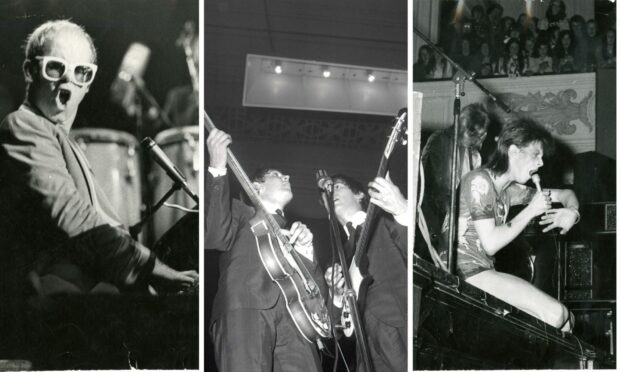
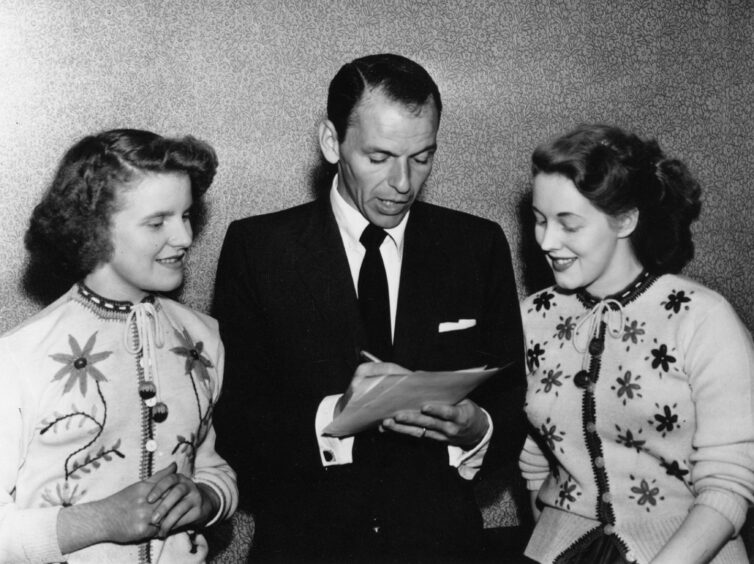
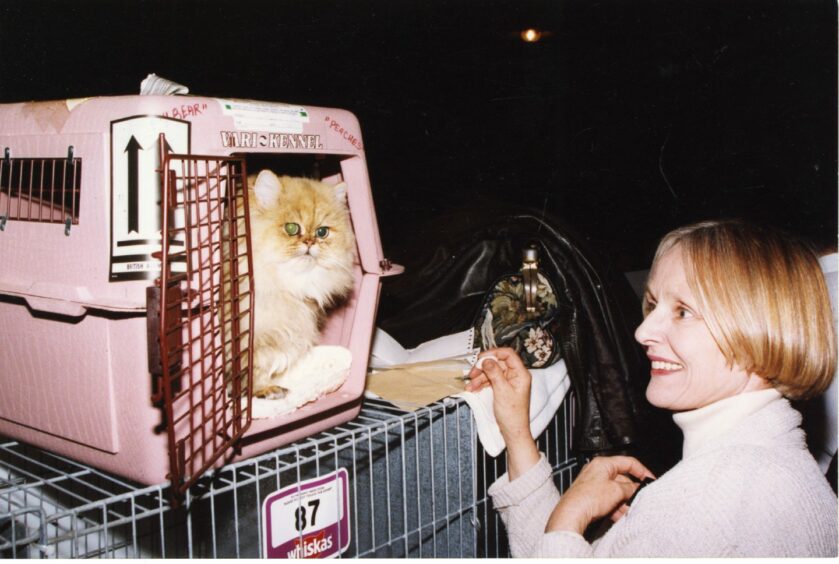
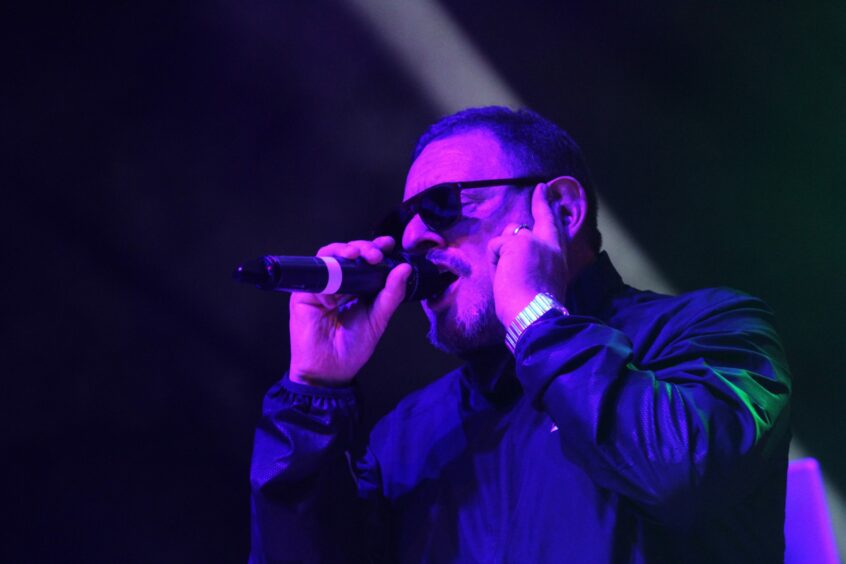
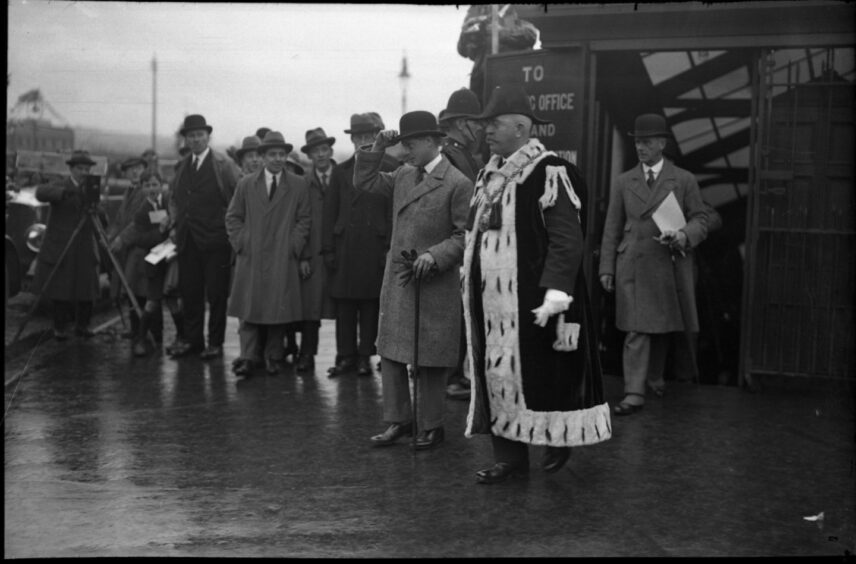
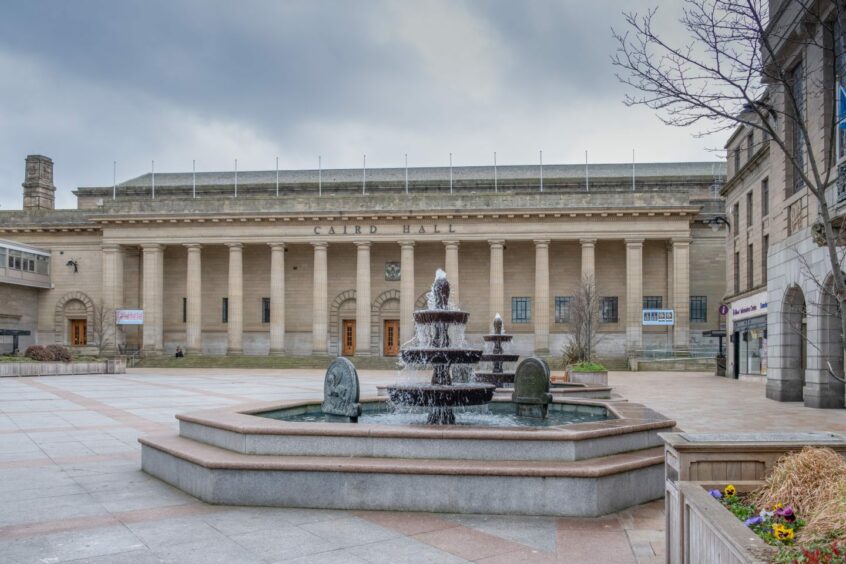
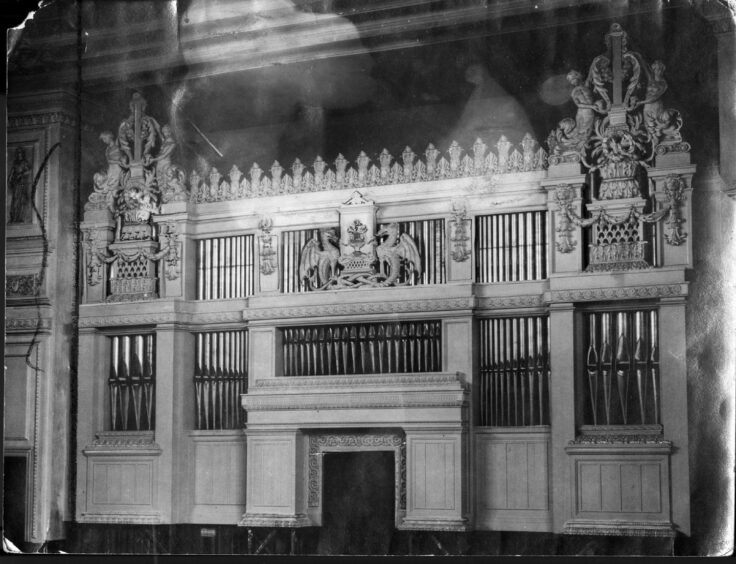
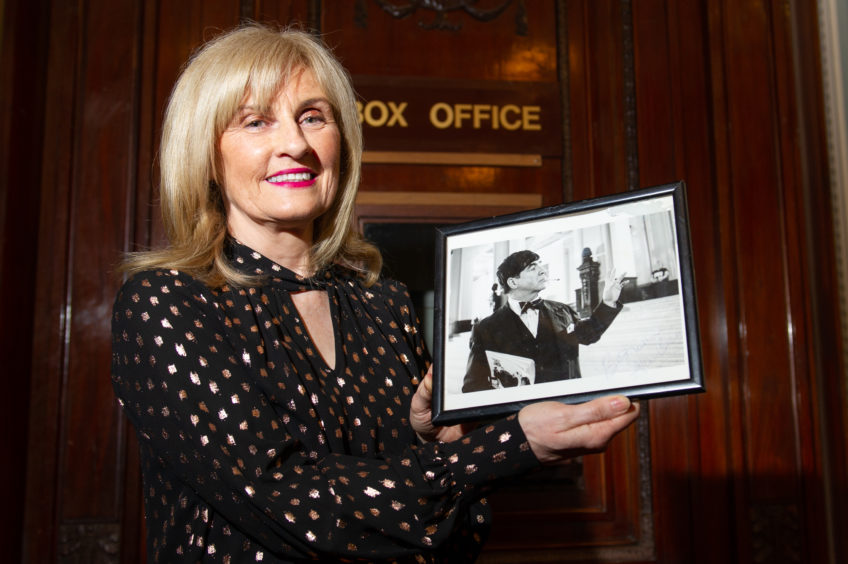
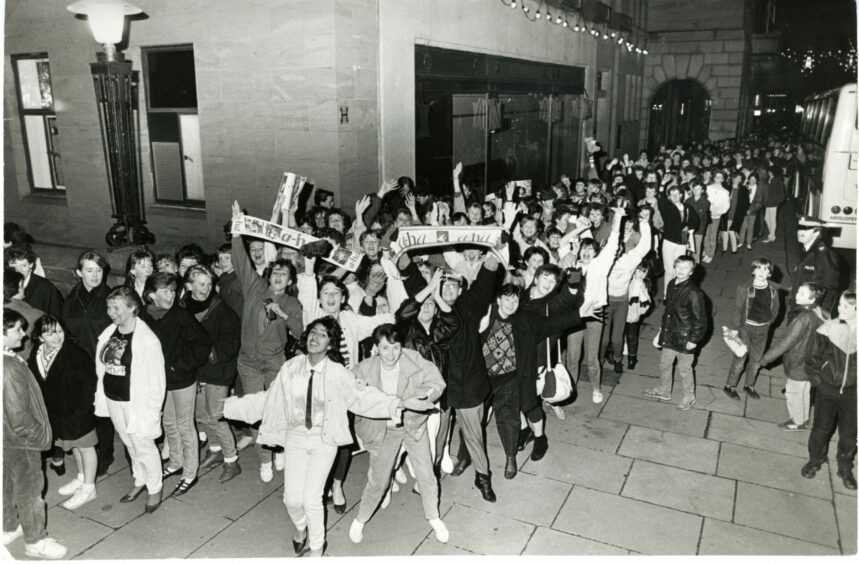
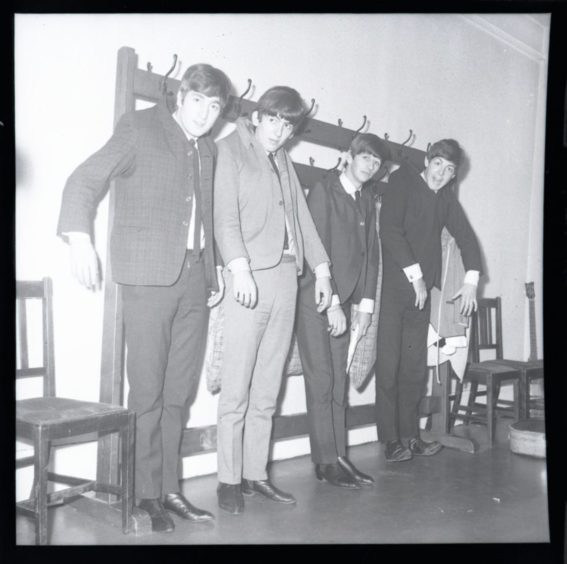
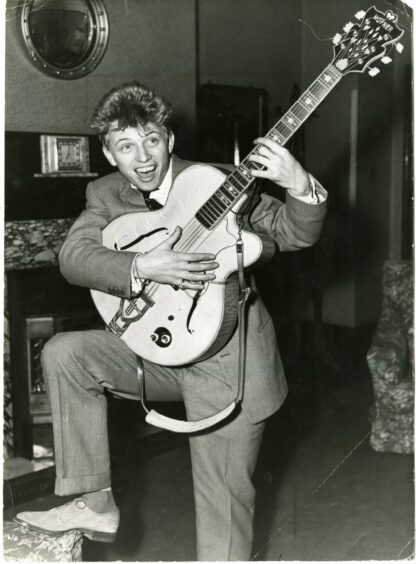
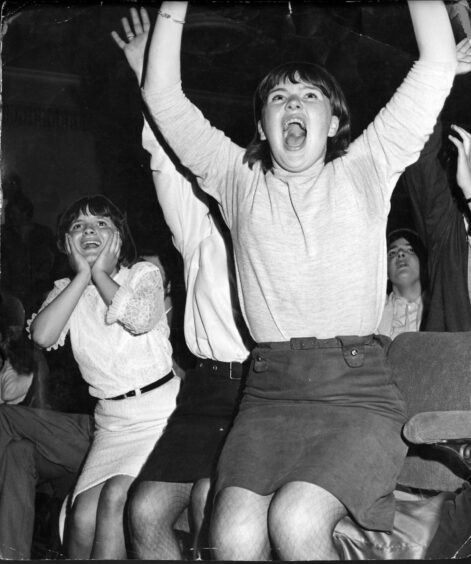
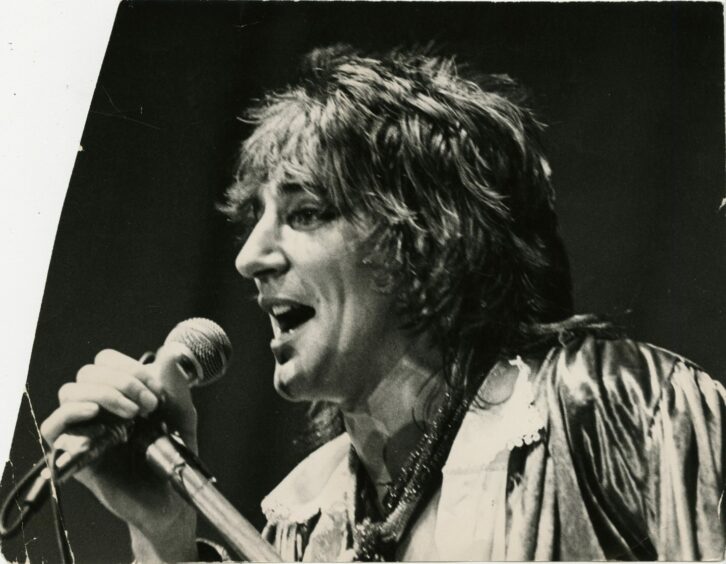
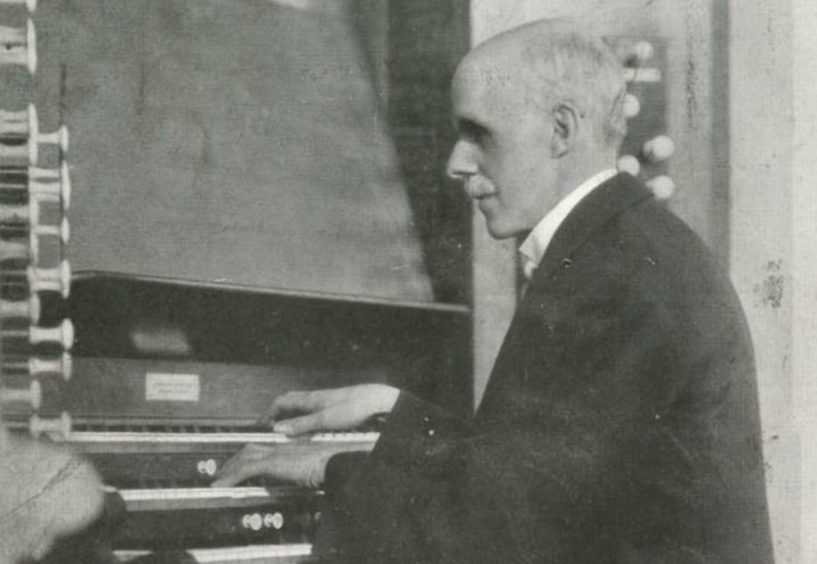
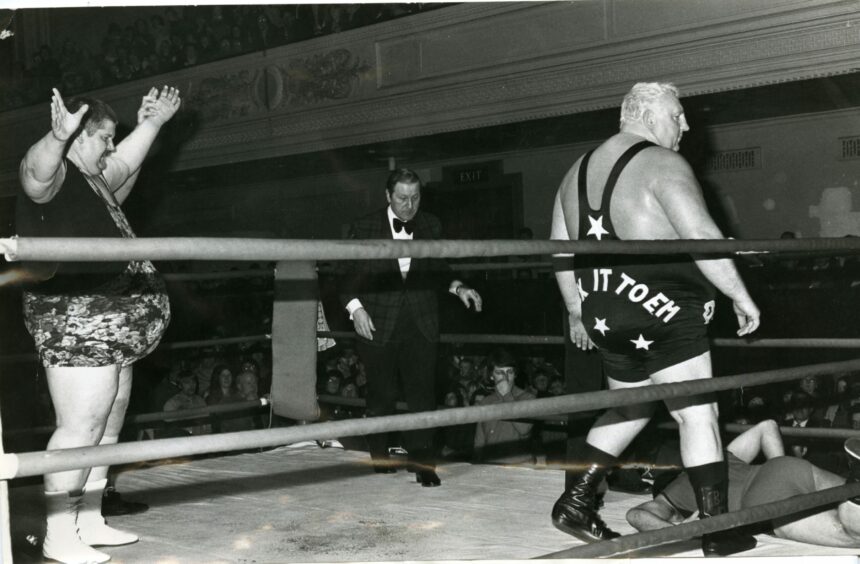
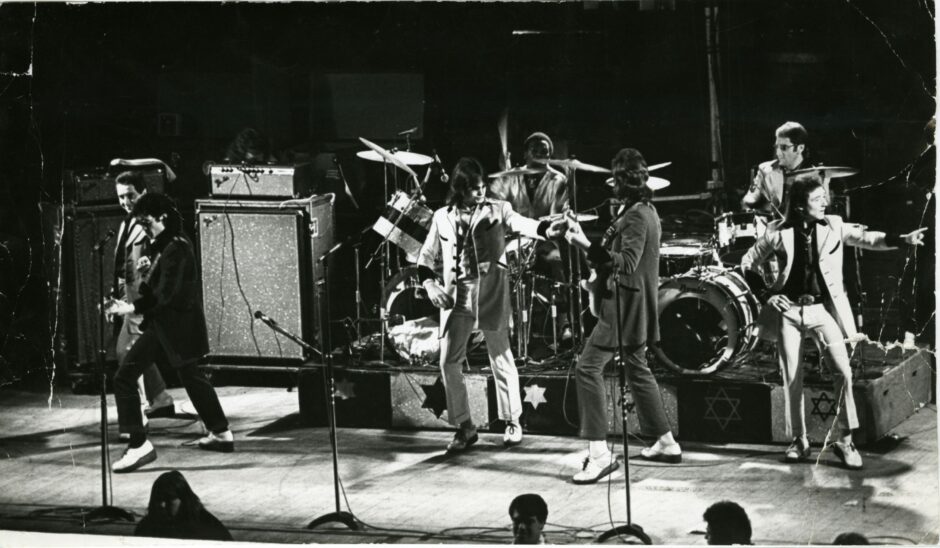
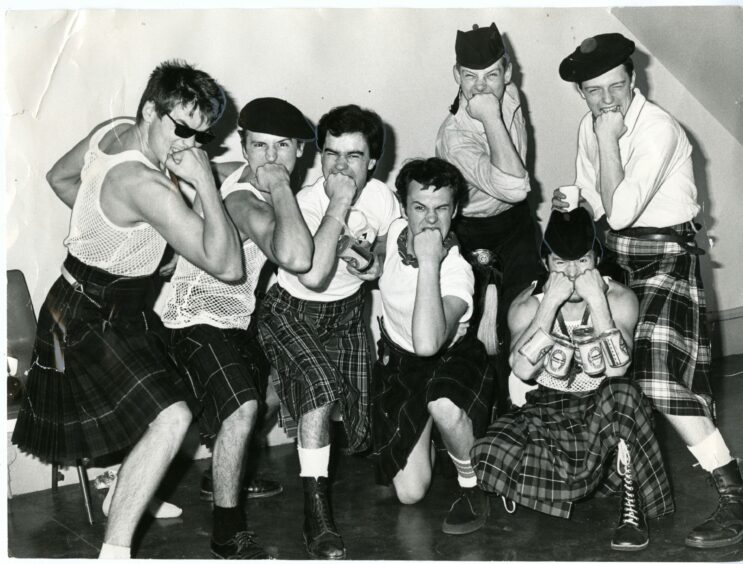
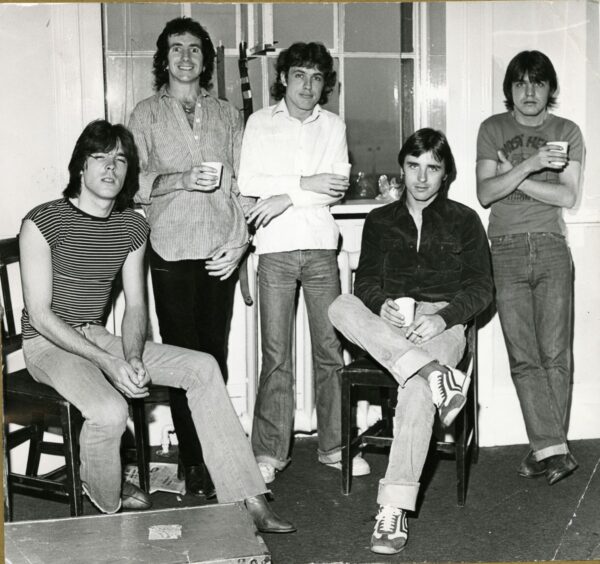
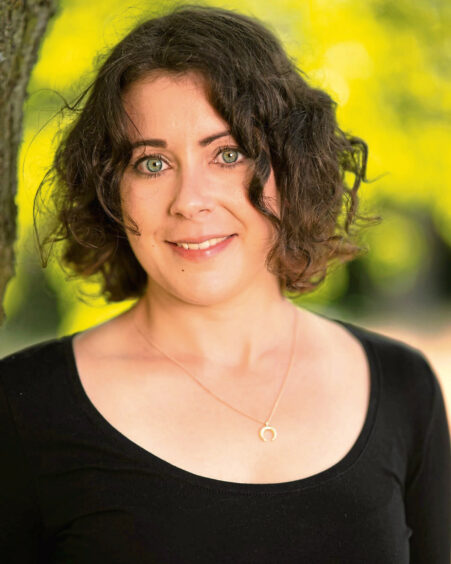
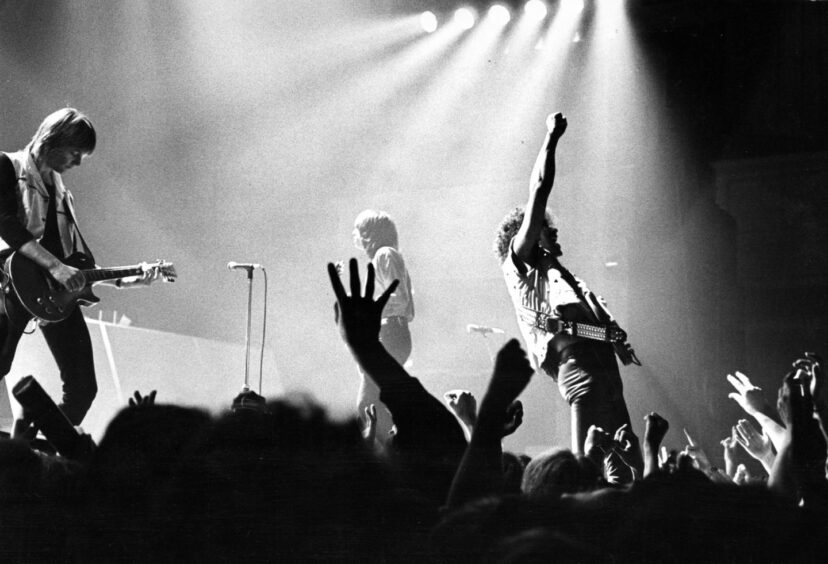
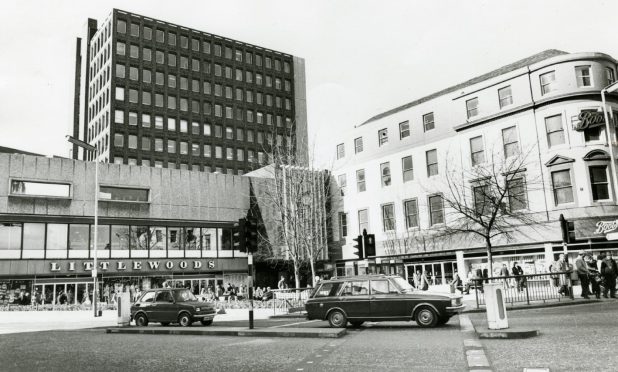
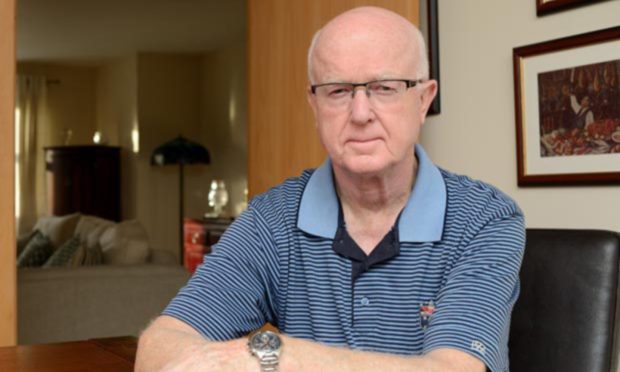
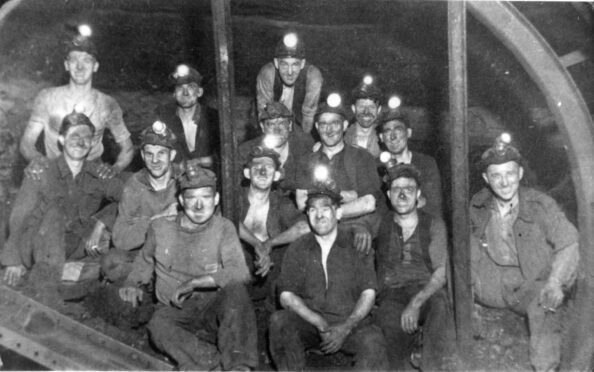
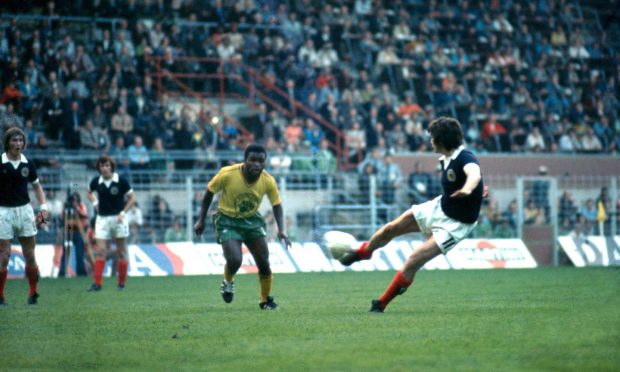
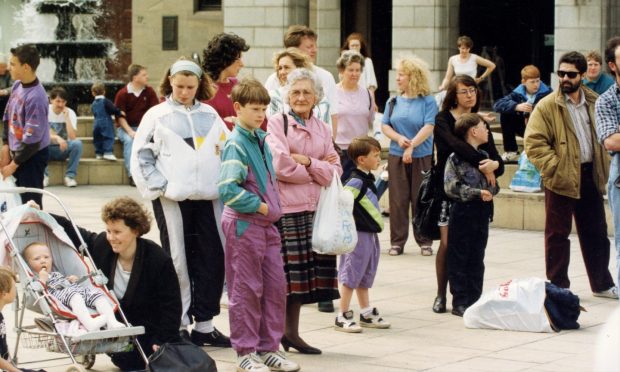
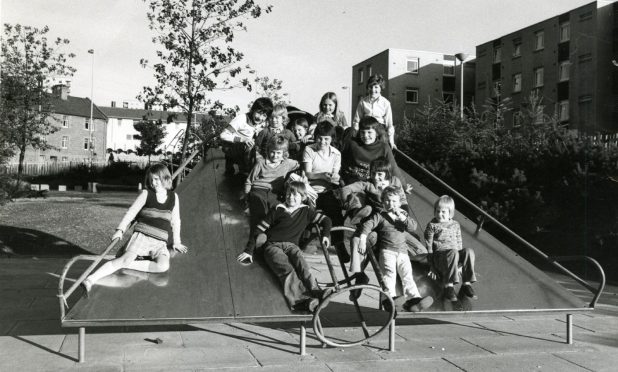
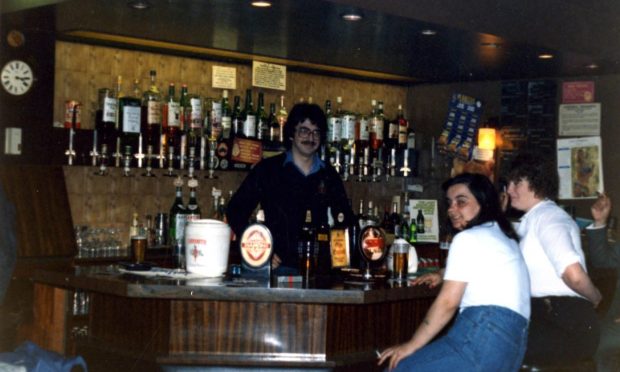
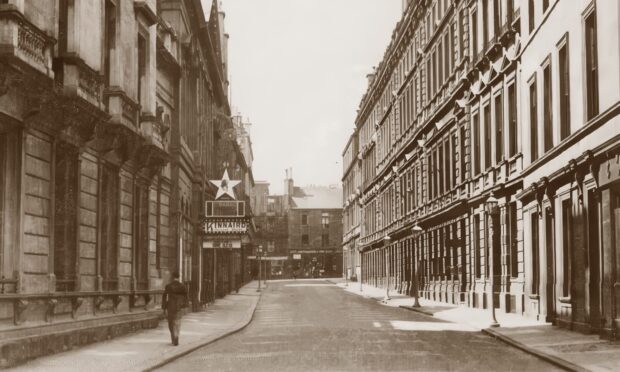
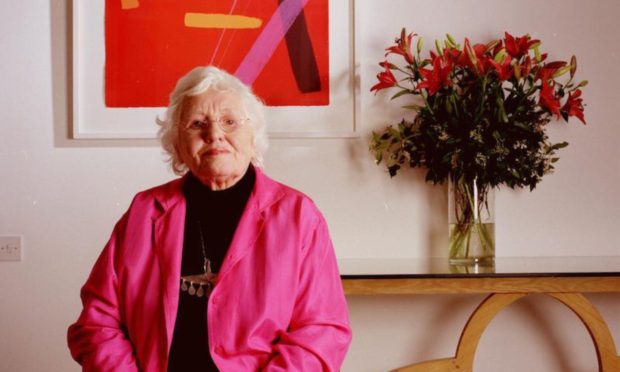
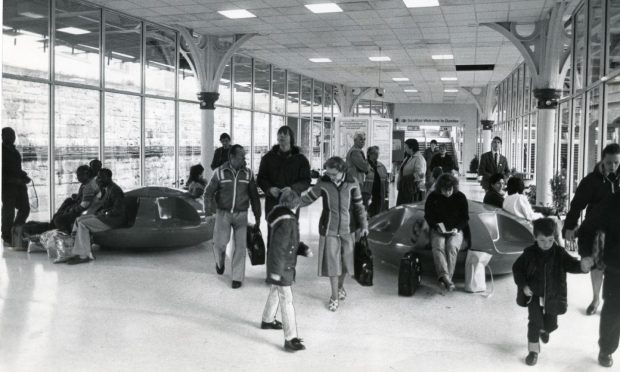
Conversation